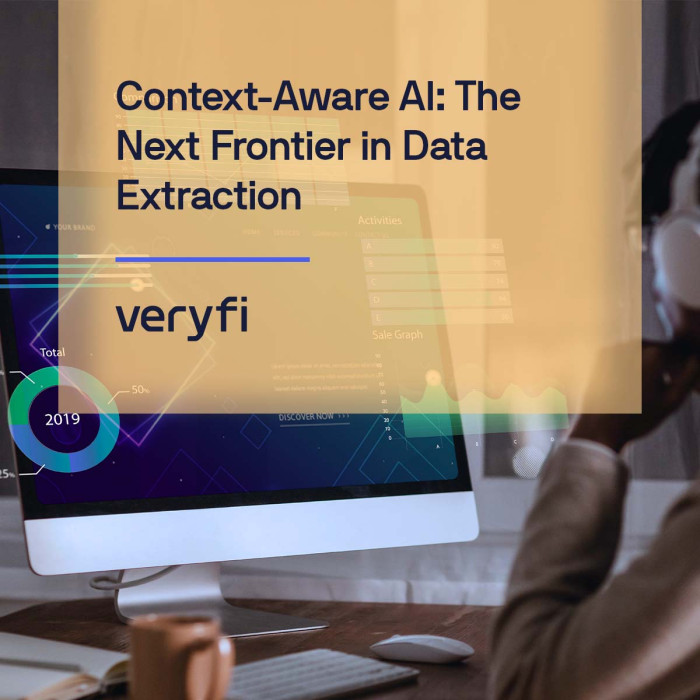While the U.S. Government is not normally regarded as an early adopter of new technology, the current workflow for processing the millions of annual tax returns from its constituency is a particularly egregious and completely avoidable example of mismanagement, poor service, and inefficiency. You may be surprised (or perhaps not) to learn that the IRS currently manually transcribes 1040 and 1099 tax documents into its tax processing systems every year. Yes, it sounds crazy but the IRS is actually using a paper-based process for processing tax returns…which is the real reason why tax returns take forever to complete. This process has largely remained unchanged over the past five decades and it’s a growing problem that worsens with each tax season.
This hugely inefficient and inaccurate process has led to delays of up to 10 months in delivering tax refunds, and a 22% error rate in tax return information. That means over 1 in 5 tax returns are transcribed incorrectly by the IRS, potentially resulting in millions of dollars’ worth of errors!
A 50-Year-Old Vision Becomes Reality
In 1974, nearly a half century ago, Ray Kurzweil (yes, that Ray Kurzweil, the famous author and futurist) founded and later sold Kurzweil Computer Products, Inc. to Xerox along with a technology called omni-font OCR (Optical Character Recognition). By the late 1990s this OCR technology was much improved, ubiquitous, and had attained commodity status as a standard software feature of most consumer-oriented document scanners. However, OCR was limited by a lack of “understanding” of the text characters it identified in documents.
Enter the information age, and the advent of Artificial Intelligence (AI) and Machine Learning (ML) algorithms. Today, AI can take OCR technology as far as Ray Kurzweil probably imagined when he first conceived of machines reading text on a page. With well-trained AI, machines can “read” and “understand” the documents presented to them, turning unstructured documents into structured data, in seconds. Instead of spending 10 minutes of human effort to transcribe a 1040 form, using technology that is available today at a fraction of the cost of human labor, that 1040 form could be entered into the IRS systems nearly instantly and with far greater accuracy using OCR powered by Artificial Intelligence and Machine Learning.
It’s Time to End Manual Data Entry – for Everyone’s Sake
Now, imagine the positive impact that technology could have on the IRS workforce, its revenue collection and fraud detection capabilities, and the satisfaction of U.S. taxpayers.
If 22% of tax returns currently contain errors, what does that represent in terms of a potential revenue collection liability to the IRS? The truth is, because the current system is inherently broken, nobody knows. However, it wouldn’t be unreasonable to assume that most errors will be unfavorable to the IRS because taxpayers have an incentive to verify the accuracy of their refunds. If 22% of all tax returns resulted in just 1% unfavorable impact to the IRS revenues, that represents millions of dollars!
What if the IRS could capture and transform the hundreds of millions of W-2, 1040, and 1099 documents into structured data within a few hours after the tax day deadline? Consider how many additional cases of intentional or unintentional fraud could be identified if the IRS could devote 10x more time to investigating anomalies rather than manually entering data.
Not Too Good to be True
What is a reasonable timeframe to expect a tax refund? It’s certainly not 10 months. But, is it 6 months? A month? What if 99% of all tax refunds were processed in April? If 10 minutes of human data entry is turned into 10 seconds of machine processing (that’s 0.17% of the time, for those of you calculating), it’s safe to conclude that a massive amount of human effort and cost could be saved, and that timeframe isn’t just a best-case scenario, it’s well within reach of the IRS today. Ten months is 25,920,000 seconds; 0.17% of that is 44,064 seconds, which is roughly half a day! While 12 hours may be an unattainable ideal, the difference between human and machine results is unequivocally vast.
Today, AI-based OCR platforms commonly referred to as Intelligent Document Processing systems are available. The most advanced have trained AI models that are based on millions of documents, then coupled with APIs that facilitate integration with commercial and proprietary systems. Then, the technology is run as a cloud service that can capture, extract, and transform a variety of unstructured documents into structured data nearly instantly, with far greater accuracy than humans can achieve.
Companies in the private sector are already well on their way towards digital transformation, and many are already capitalizing on the benefits of Intelligent Document Processing. It’s fast, accurate, and secure – and it’s a fraction of the cost of human labor. As taxpayers, we all should ask: why is the IRS lagging so far behind?
Experience the Power of Veryfi: extra data from any financial document with speed, accuracy, and security. Grab a receipt, and try out our web demo today!










